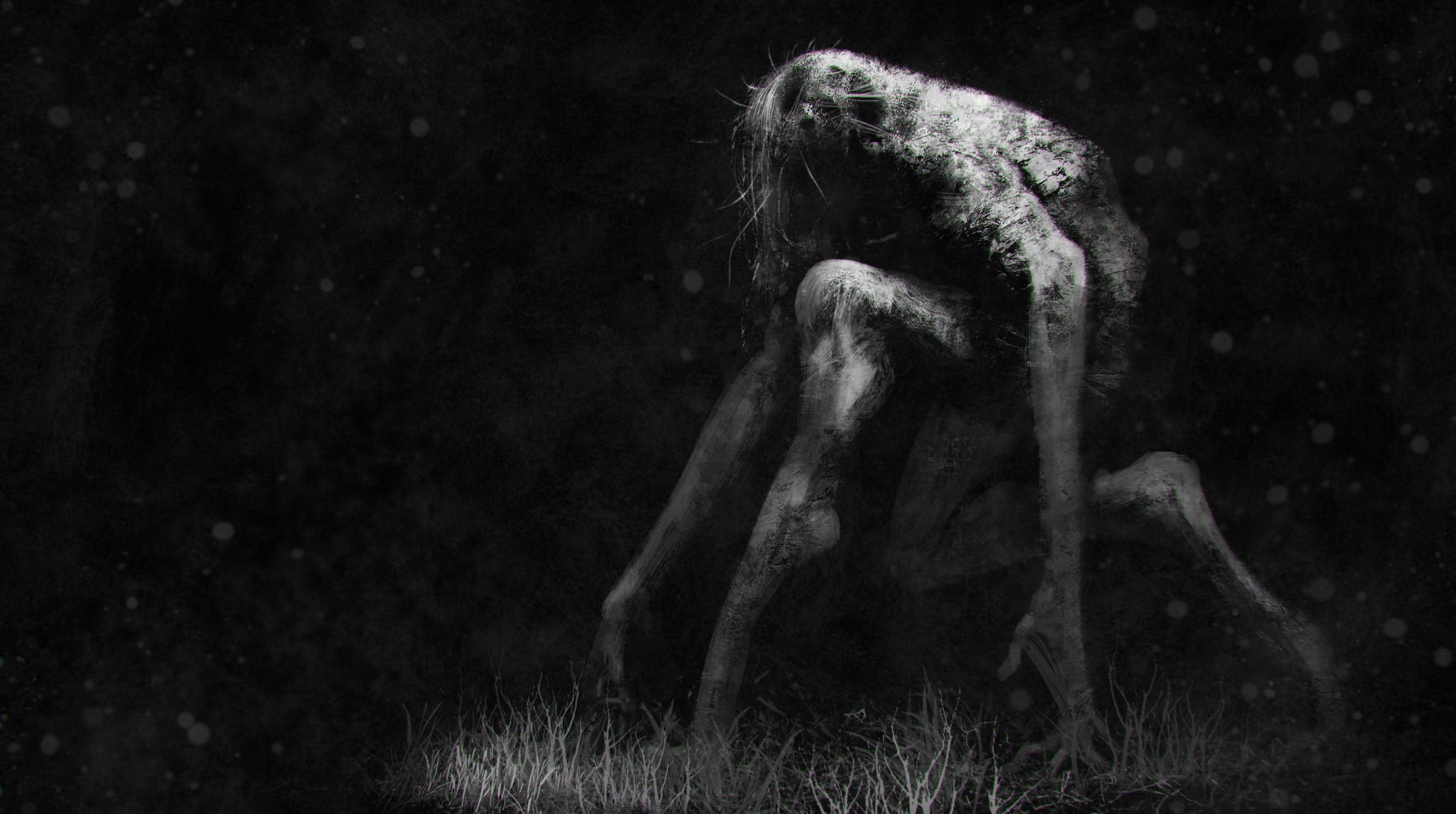
Skinwalkers In Ohio: Unraveling the Myths and Realities
Introduction: A Haunting Presence in the Buckeye State
Whispered tales of skinwalkers, shapeshifting beings with origins in Native American lore, have permeated the cultural fabric of Ohio for centuries. These enigmatic creatures, said to possess the power to transform into animals, have haunted the imaginations of locals, igniting a blend of fear and fascination.
While these legends have deep roots in the state’s history, their veracity remains shrouded in mystery. Are skinwalkers merely figments of a vivid imagination, or do they represent a tangible phenomenon lurking in the shadows of Ohio’s vast wilderness?
Skinwalkers and the Native American Connection: A Spiritual Legacy
Skinwalker narratives trace their origins to the Navajo people of the American Southwest. In their mythology, skinwalkers are individuals who possess the ability to transform into animals, often coyotes or wolves, through the use of witchcraft or shamanic practices.
These shapeshifters are believed to wield potent supernatural powers, including the ability to cause harm or even death. As such, they are often regarded with a mixture of reverence and trepidation within Native American communities.
Ohio’s Skinwalker Legends: A Twist on Tradition
As skinwalker tales spread eastward, they underwent a gradual transformation. In Ohio, these stories incorporated elements of European folklore, blending Native American beliefs with the supernatural traditions of settlers.
Ohioan skinwalkers are often described as possessing the ability to change into deer, bears, or even owls. They are said to be particularly active during the night, lurking in the shadows and preying on unsuspecting travelers.
The Anatomy of a Skinwalker: Unveiling the Myths
According to popular folklore, skinwalkers can be identified by several distinct characteristics:
-
Animal Eyes:
Skinwalkers are believed to possess eyes that glow an eerie green or yellow, reflecting their connection to the animal kingdom.
-
Cloven Hooves:
Some legends suggest that skinwalkers may have cloven hooves, a physical manifestation of their dual nature.
-
Ability to Shape-Shift:
The defining characteristic of skinwalkers is their ability to transform into animals, often with astonishing speed and accuracy.
-
Superhuman Strength and Agility:
Skinwalkers are often depicted as possessing superhuman strength and agility, allowing them to move with incredible speed and power.
Unraveling the Reality: Separating Fact from Fiction
Despite the prevalence of skinwalker legends in Ohio, scientific evidence to support their existence remains elusive. Skeptics argue that these stories are merely the product of vivid imaginations, fueled by superstition and fear.
Some researchers have posited that skinwalker sightings may be misidentifications of ordinary animals, particularly during low-light conditions. The glow-in-the-dark eyes, for example, could be attributed to the reflective nature of animal eyes, known as the “eyeshine” effect.
Ohio’s Skinwalker Hotspots: Where Legends Come to Life
Despite the lack of concrete evidence, certain locations in Ohio have gained notoriety as hotbeds of skinwalker activity:
-
Hocking Hills:
This rugged region, known for its deep forests and towering cliffs, is said to be a haven for skinwalkers, who take advantage of the dense vegetation to conceal their presence.
-
Mohican State Park:
Located in the heart of Ohio, this park is home to numerous caves and rock formations, providing ample hiding places for skinwalkers to observe unsuspecting visitors.
-
Ohio Brush Creek:
The dark and winding waters of this creek are believed to attract skinwalkers, who are said to lurk along its banks, preying on those who venture too close.
The Skinwalker Phenomenon: A Multifaceted Perspective
The question of skinwalkers’ existence remains a subject of ongoing debate, with diverse perspectives emerging from various fields:
-
Anthropology:
Anthropologists view skinwalker legends as a reflection of cultural beliefs and social norms, offering insights into the fears and preoccupations of the communities that created them.
-
Psychology:
Psychologists suggest that skinwalker sightings may be attributed to psychological phenomena such as sleep paralysis, hallucinations, or the misinterpretation of sensory stimuli.
-
Zoology:
Zoologists argue that the physical characteristics and behaviors attributed to skinwalkers can be explained by known animal species, particularly those known for their stealth and elusive nature.
Contemporary Encounters: The Enduring Legacy of Skinwalkers
While skinwalker sightings have declined in recent decades, anecdotal accounts continue to surface, suggesting that these mysterious beings may still linger in the shadows:
In 2010, a group of hikers in Hocking Hills reported encountering a creature with glowing eyes and an uncanny ability to move silently through the forest. The incident sparked a flurry of speculation, reigniting interest in Ohio’s skinwalker lore.
In 2016, a resident of Mohican State Park claimed to have witnessed a skinwalker transforming from a deer into a human form. The sighting sent shockwaves through the local community, further cementing the park’s reputation as a hotbed of paranormal activity.
Skinwalkers in Popular Culture: From Folklore to Fiction
Ohio’s skinwalker legends have captured the public imagination, inspiring numerous works of fiction and popular culture:
-
Literature:
Skinwalkers have featured prominently in novels such as “Skinwalker” by Tony Hillerman and “The Skinwalker Curse” by Lynda S. Robinson, captivating readers with their blend of suspense and supernatural elements.
-
Film and Television:
The CW television series “Supernatural” has incorporated skinwalkers into its mythology, presenting them as powerful and dangerous creatures with a deep connection to Native American culture.
-
Video Games:
Skinwalkers have also made their way into the realm of video games, appearing as formidable enemies in titles such as “The Witcher 3: Wild Hunt” and “Fallout: New Vegas.”
Leave a Reply